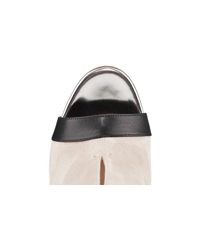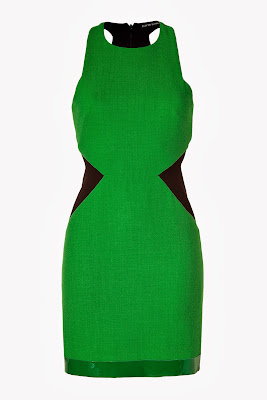

The diptych tablets were used to record three different sorts of lists of names: those of the newly baptized (Cyril of Jer., Procatech. Gradually the names of the bishop of the diocese, the metropolitan, the pope, and the emperor were added. After the names were read, an oration called the Post nomina or super dipticia was said, and this apparently developed into the memento vivorum in the Roman Canon. In the West there developed fairly early the convention of reading the names of all those who had offered the holy gifts (elements) for the Eucharistic liturgy in the East there is no trace of such a list, and even the custom of the laity offering the elements was abolished very early. The custom played a special role in the Eastern and Byzantine Church.


The first known use of the diptychs for this purpose was late in the fourth century. In the third century cyprian of carthage supplies evidence that, even in his day, calling out the names of the living and the dead at Mass was an ancient and established custom ( Epist. After 313 they were also used for recording the names of catechumens, baptismal candidates, and the clergy. They were employed as gifts by emperors and consuls for recording titles, offices, and other official texts.Ĭhristians adapted these diptych tablets to liturgical use, inscribing on them the names of martyrs or of bishops or faithful to be remembered by name in liturgical functions. The blank surface of wooden or ivory diptychs was written on with ink metal diptychs were covered with resin or wax, and a stylus was used for writing on them. In Latin they were known also as tabellae duplices. The Greek word designated an ornamented or simple, usually square, set of folding tablets made of wood, ivory, metal, silver, or gold and bound together on one side with rings each tablet had a plain or ornamented outer surface, and usually a waxed inner surface. The Latin word diptychum was borrowed from the Greek δ í π τ ν χ ο ν ( δ ι ς, twice, and π τ ύ σ σ ε ι ν, to fold) and originally meant anything folded in two. Small folding tablets used for writing notes, letters, appointments, or lists of names.


 0 kommentar(er)
0 kommentar(er)
